I can remember the moment I saw light. I saw how it touched the sides of buildings, created shadows on bodies and faces. The second I saw light it was all I could see. It was like I had been blind and a crucial segment of my vision was restored. It was in this moment I knew I could actually be a photographer.
Before this momentous occasion I’d been photographing for several years. Granted, it had been when I was still a hobbyist, creating images for fun with the hopes of making it something more. Yet it was still further along in my photographic adventures than I would like to admit, which makes me wonder how many professional photographers out there are still “blind” and haven’t really had the chance to get to know light.
You see, when you can see light you start to learn it., and in the process of learning it you get to know and understand it. You understand what it does when diffused, reflected, or re-routed. You can tame it, color it, block it and intensify it. You realize that the only difference between “natural light” and “strobes” is that one of them requires electricity. You can tackle anything, anywhere, with any light.
If you can’t see light or you don’t know how to use light you can still make gorgeous photographs, but you’re limited. You may end up compensating by pushing the “fill light” slider to the far right to balance out your exposure when you back-lit your subject. You may call yourself a “natural light” portrait photographer and keep your clients in the confines of “that shady spot on the side of the building”, or only go out on cloudy days. Now, don’t get me wrong, I think natural, God-given sunlight is absolutely gorgeous and is beautiful when tamed within the realms of a camera and lens. When I shoot food I prefer to use diffused sunlight to back-light my images—it’s cheap, easy and the results are fabulous. But I don’t use it as a crutch, I use it because I like it.
Here’s the thing—once you can see light, you can manipulate light. If you understand where light is falling, where it’s wrapping around your subject, how it’s reflecting or how strong it is, then you can work with any light. It doesn’t whether it’s sunlight, strobes and flashes, or maybe you’re short on electrical outlets and you feel like lighting a scene with your car’s headlights. Light is light, and photography needs light to create an image. So … doesn’t it make sense that we all get to know it the best we can?
I can remember the moment I saw light. I saw how it touched the sides of buildings, created shadows on bodies and faces. The second I saw light it was all I could see. It was like I had been blind and a crucial segment of my vision was restored. It was in this moment I knew I could actually be a photographer.
Before this momentous occasion I’d been photographing for several years. Granted, it had been when I was still a hobbyist, creating images for fun with the hopes of making it something more. Yet it was still further along in my photographic adventures than I would like to admit, which makes me wonder how many professional photographers out there are still “blind” and haven’t really had the chance to get to know light.
You see, when you can see light you start to learn it., and in the process of learning it you get to know and understand it. You understand what it does when diffused, reflected, or re-routed. You can tame it, color it, block it and intensify it. You realize that the only difference between “natural light” and “strobes” is that one of them requires electricity. You can tackle anything, anywhere, with any light.
If you can’t see light or you don’t know how to use light you can still make gorgeous photographs, but you’re limited. You may end up compensating by pushing the “fill light” slider to the far right to balance out your exposure when you back-lit your subject. You may call yourself a “natural light” portrait photographer and keep your clients in the confines of “that shady spot on the side of the building”, or only go out on cloudy days. Now, don’t get me wrong, I think natural, God-given sunlight is absolutely gorgeous and is beautiful when tamed within the realms of a camera and lens. When I shoot food I prefer to use diffused sunlight to back-light my images—it’s cheap, easy and the results are fabulous. But I don’t use it as a crutch, I use it because I like it.
Here’s the thing—once you can see light, you can manipulate light. If you understand where light is falling, where it’s wrapping around your subject, how it’s reflecting or how strong it is, then you can work with any light. It doesn’t whether it’s sunlight, strobes and flashes, or maybe you’re short on electrical outlets and you feel like lighting a scene with your car’s headlights. Light is light, and photography needs light to create an image. So … doesn’t it make sense that we all get to know it the best we can?

Nicole is a photographer, published author, and educator specializing in Lightroom, Photoshop, and photography. She is best known for her books on food photography but is widely versed in various photographic genres, including landscape, nature, stock, travel, and experimental imagery.


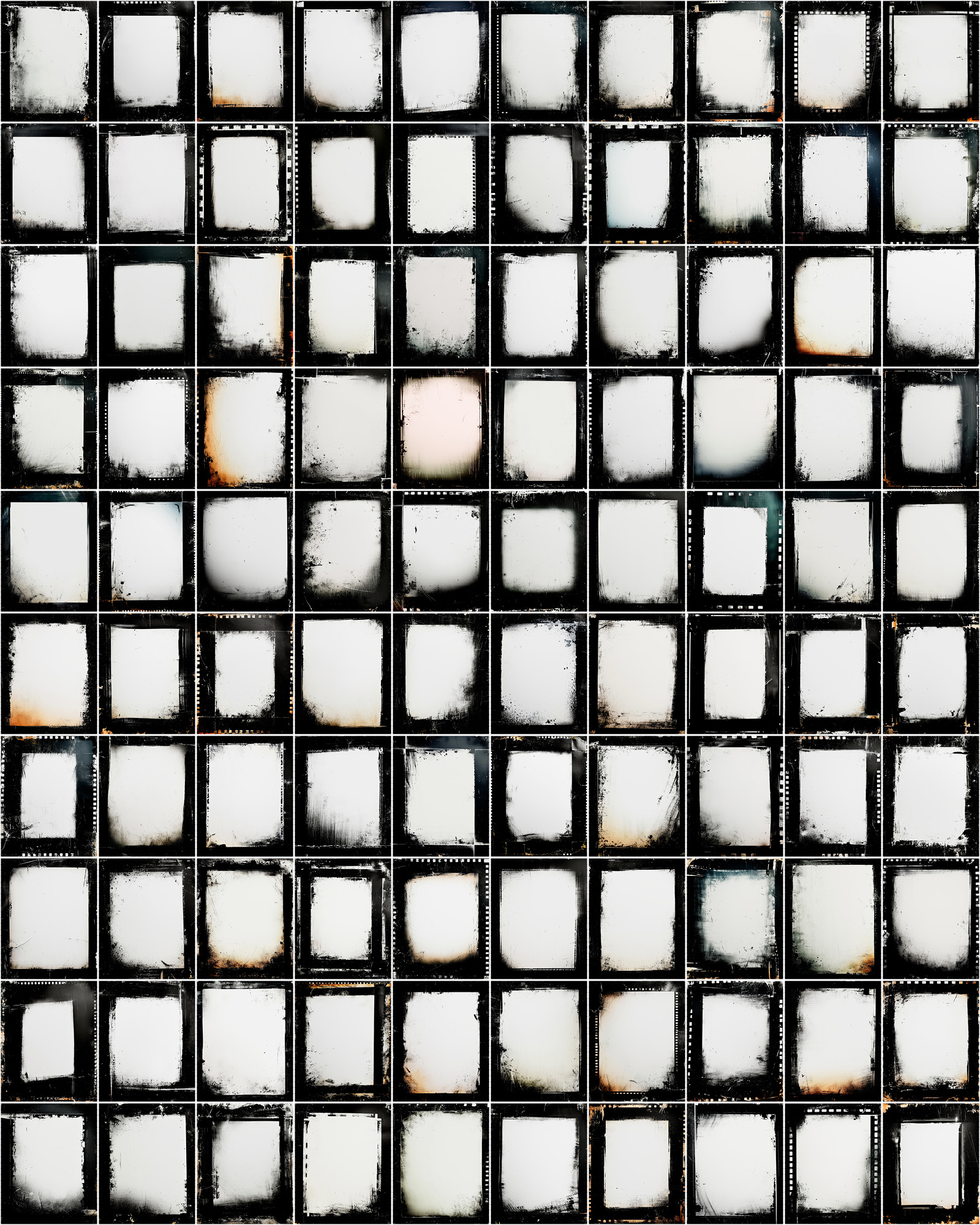

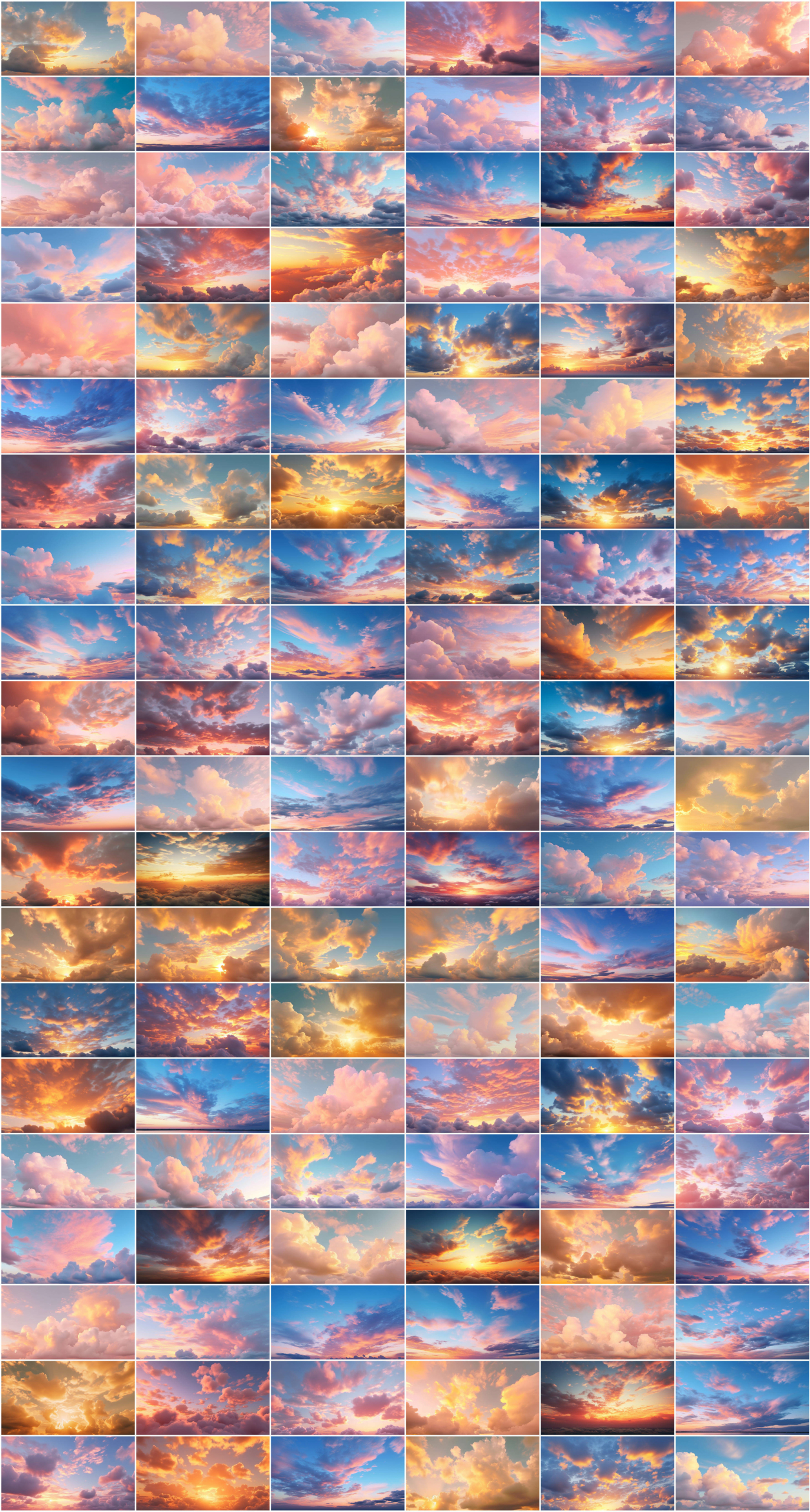
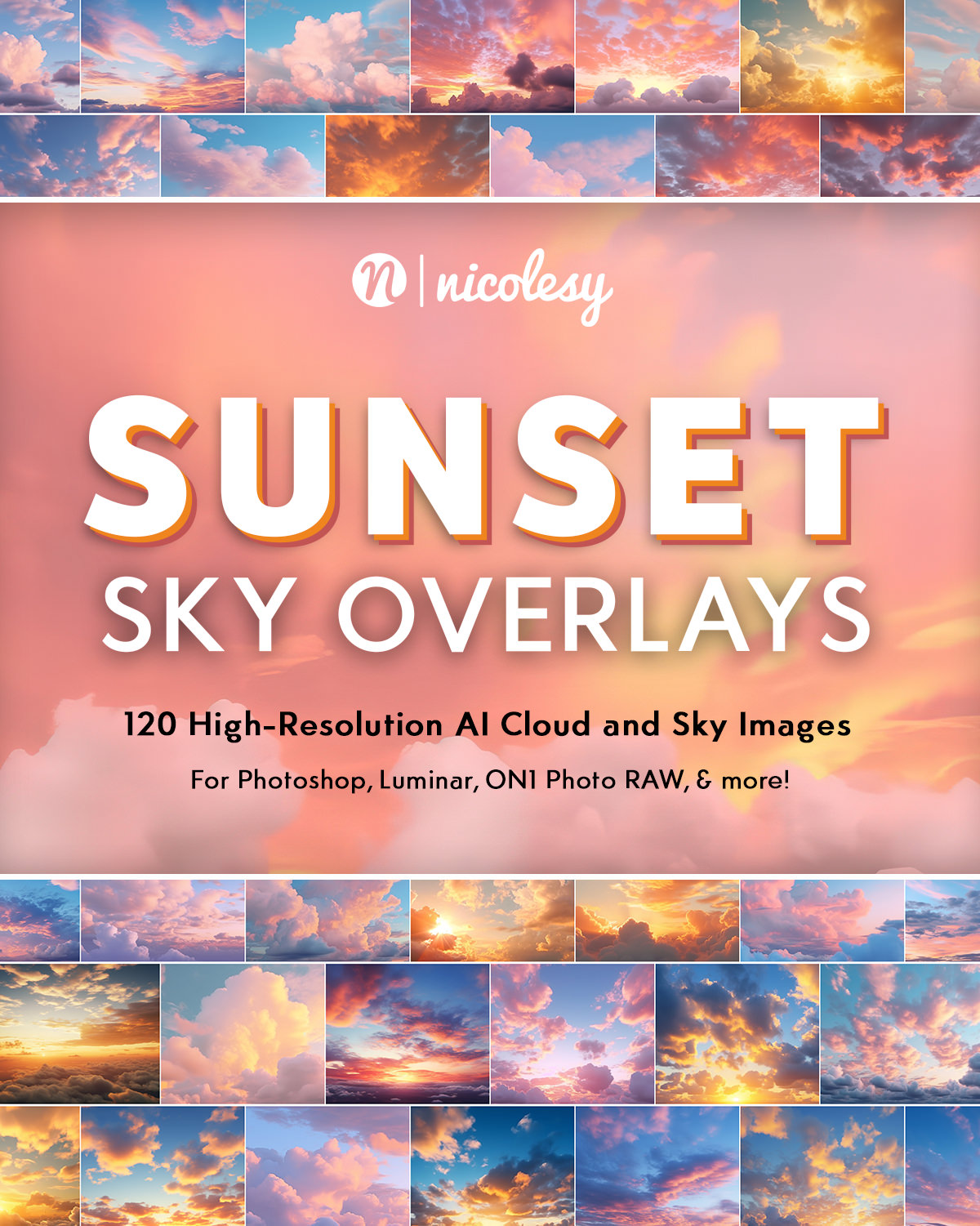
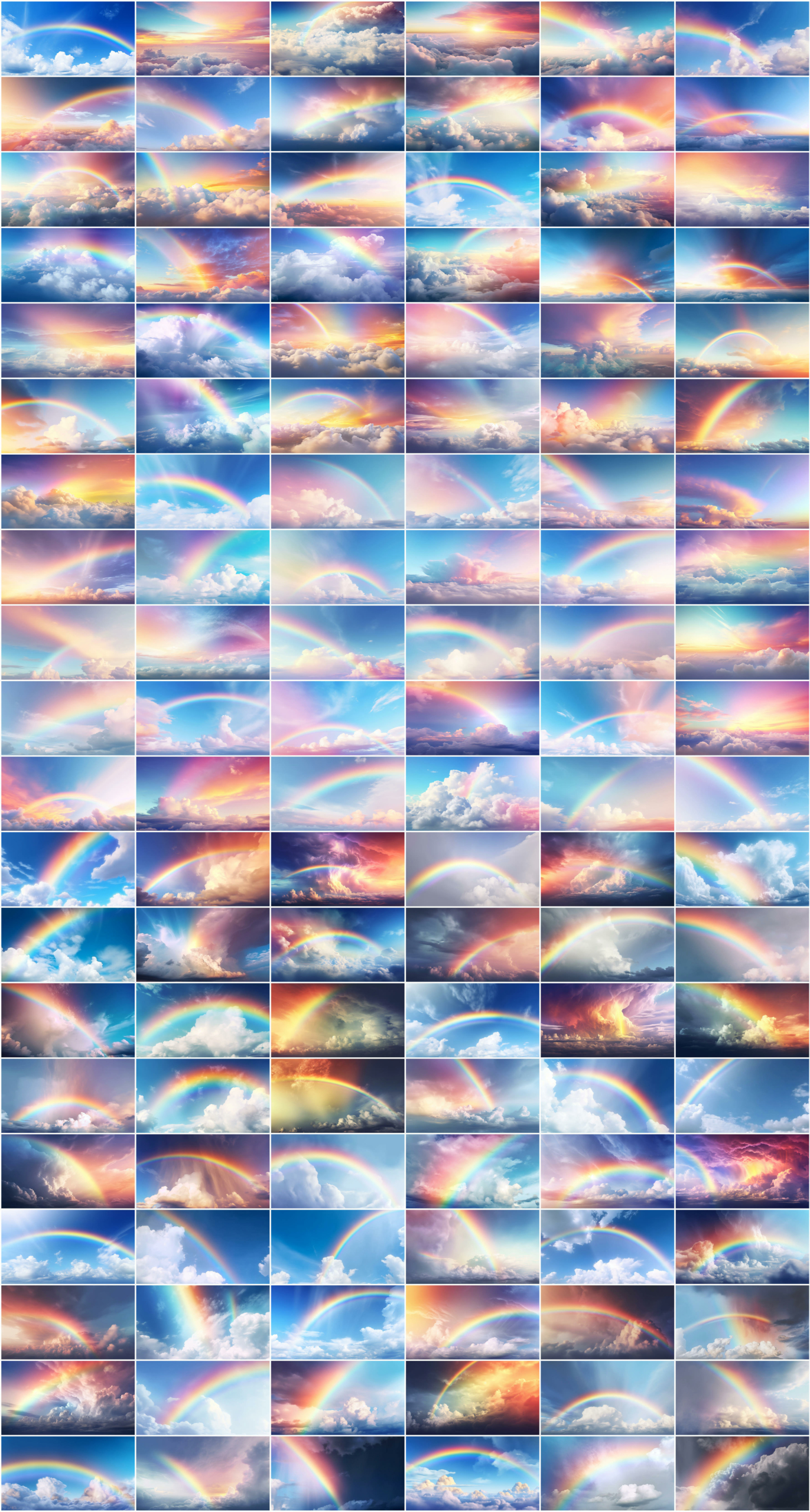
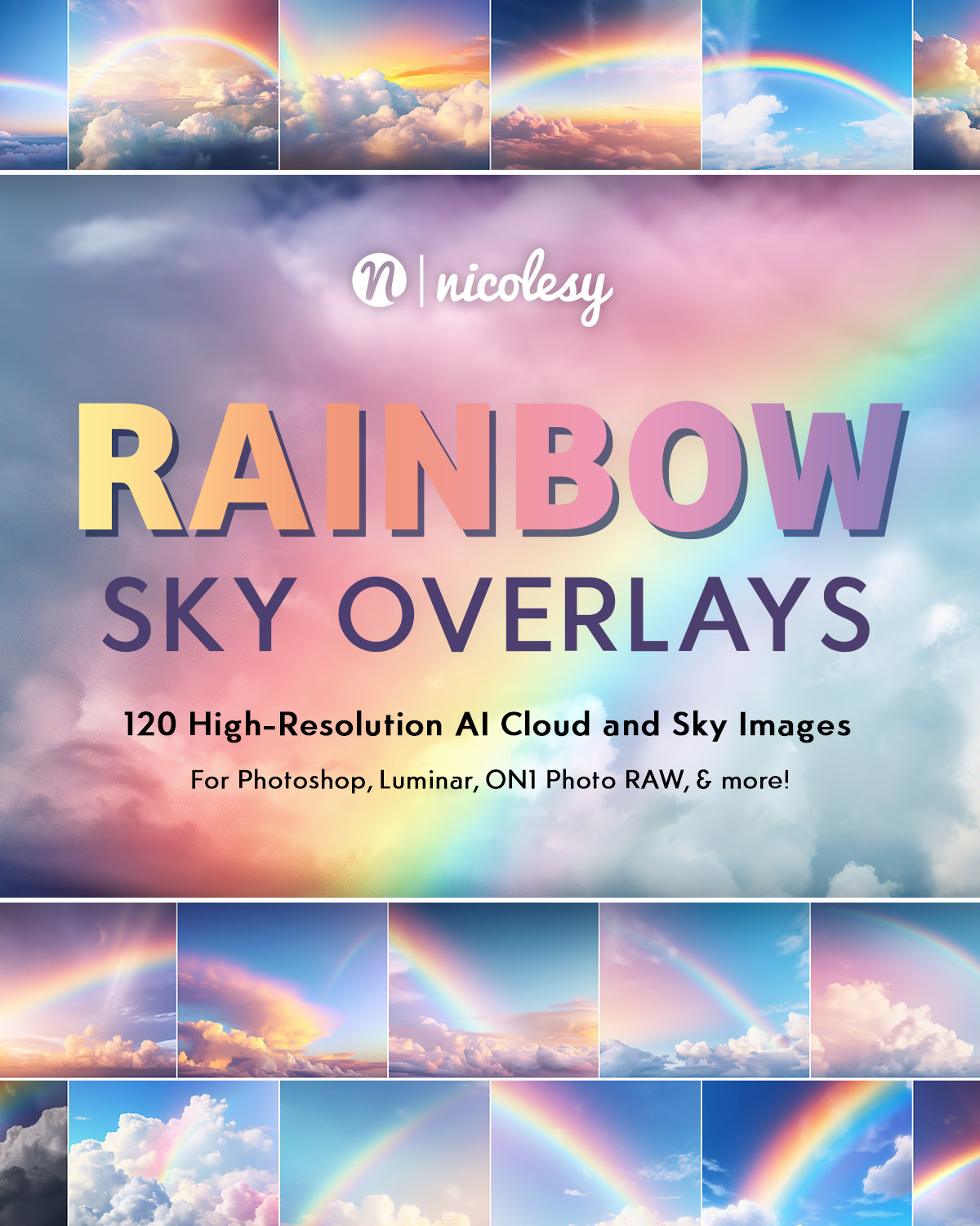
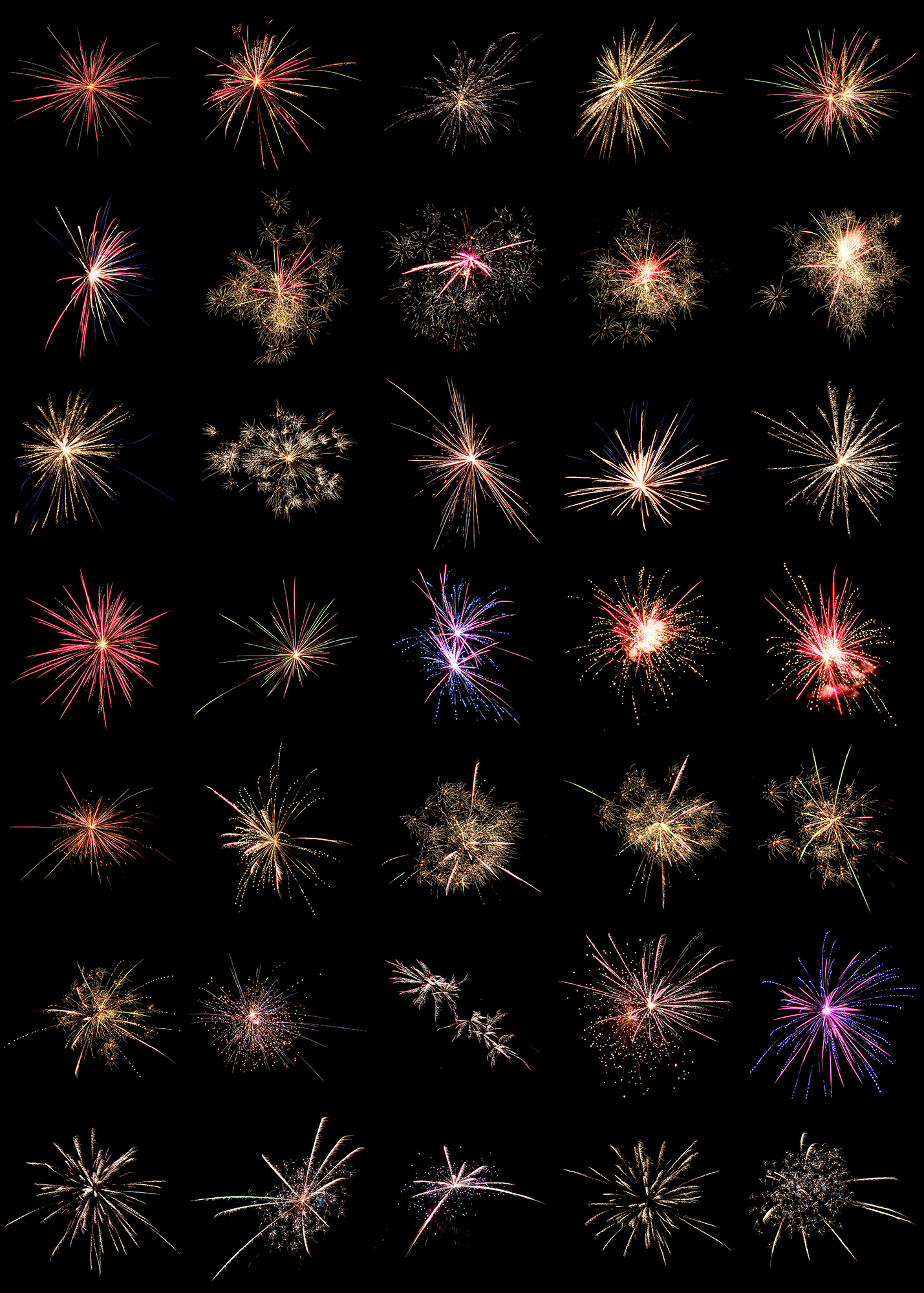
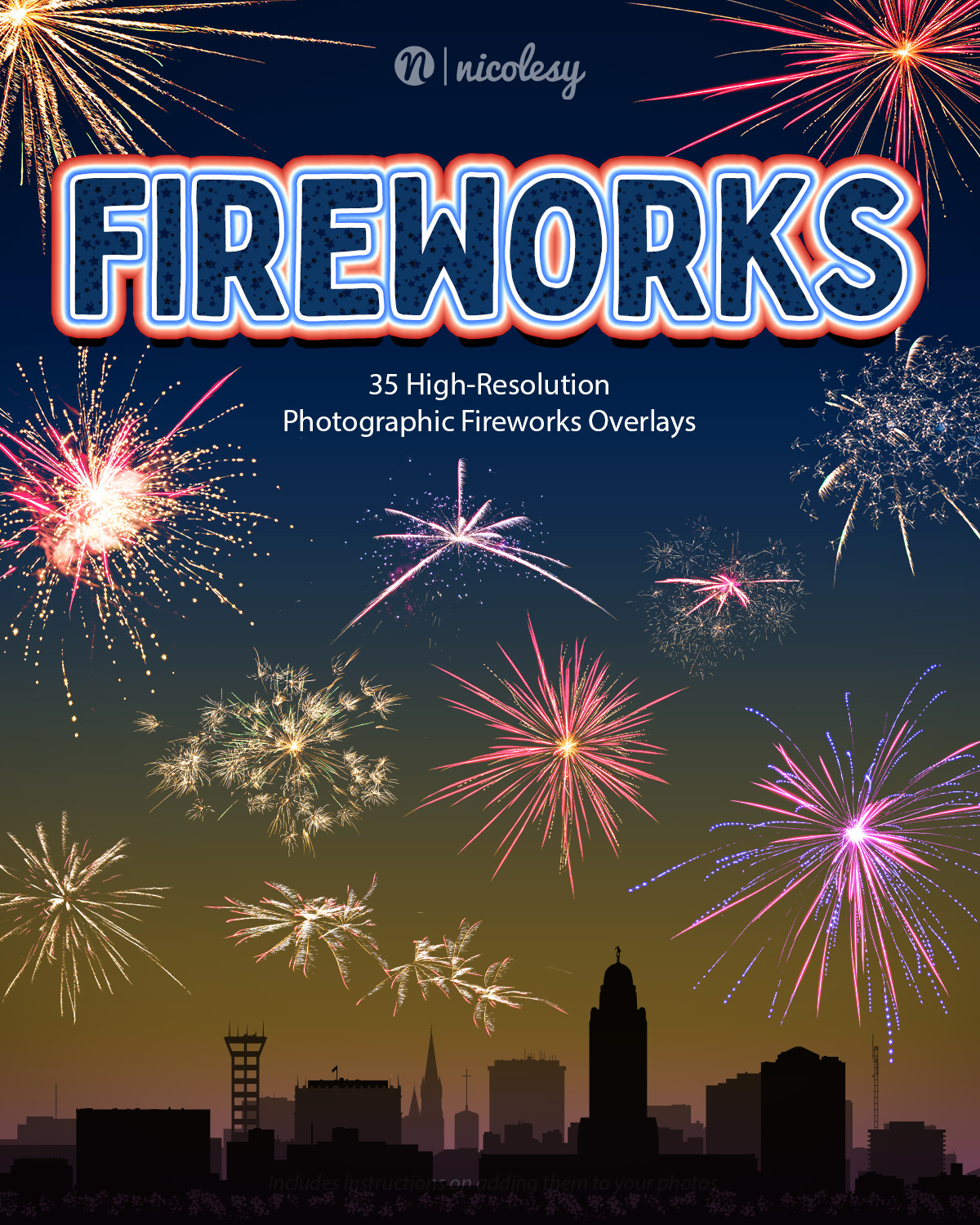
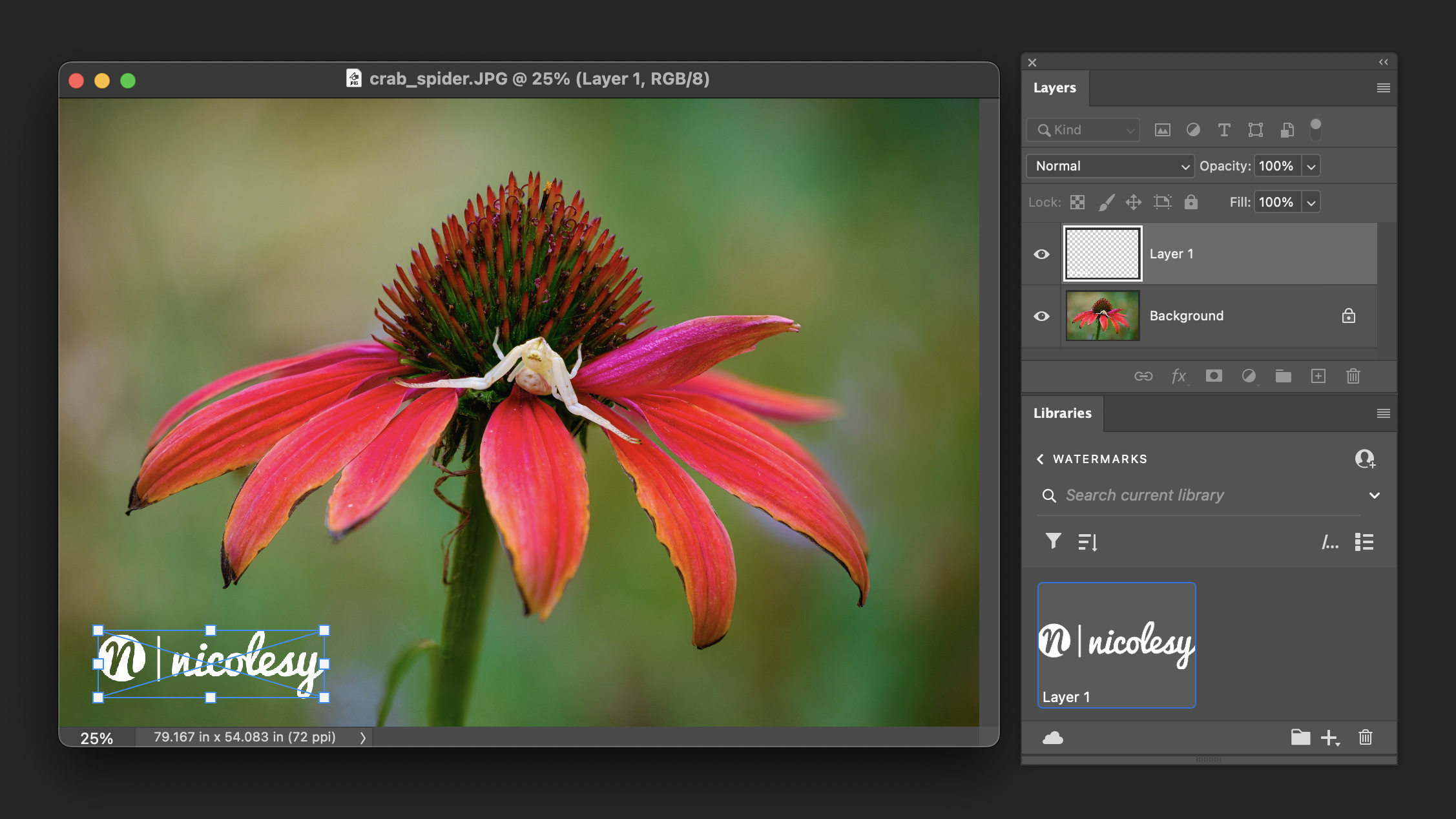
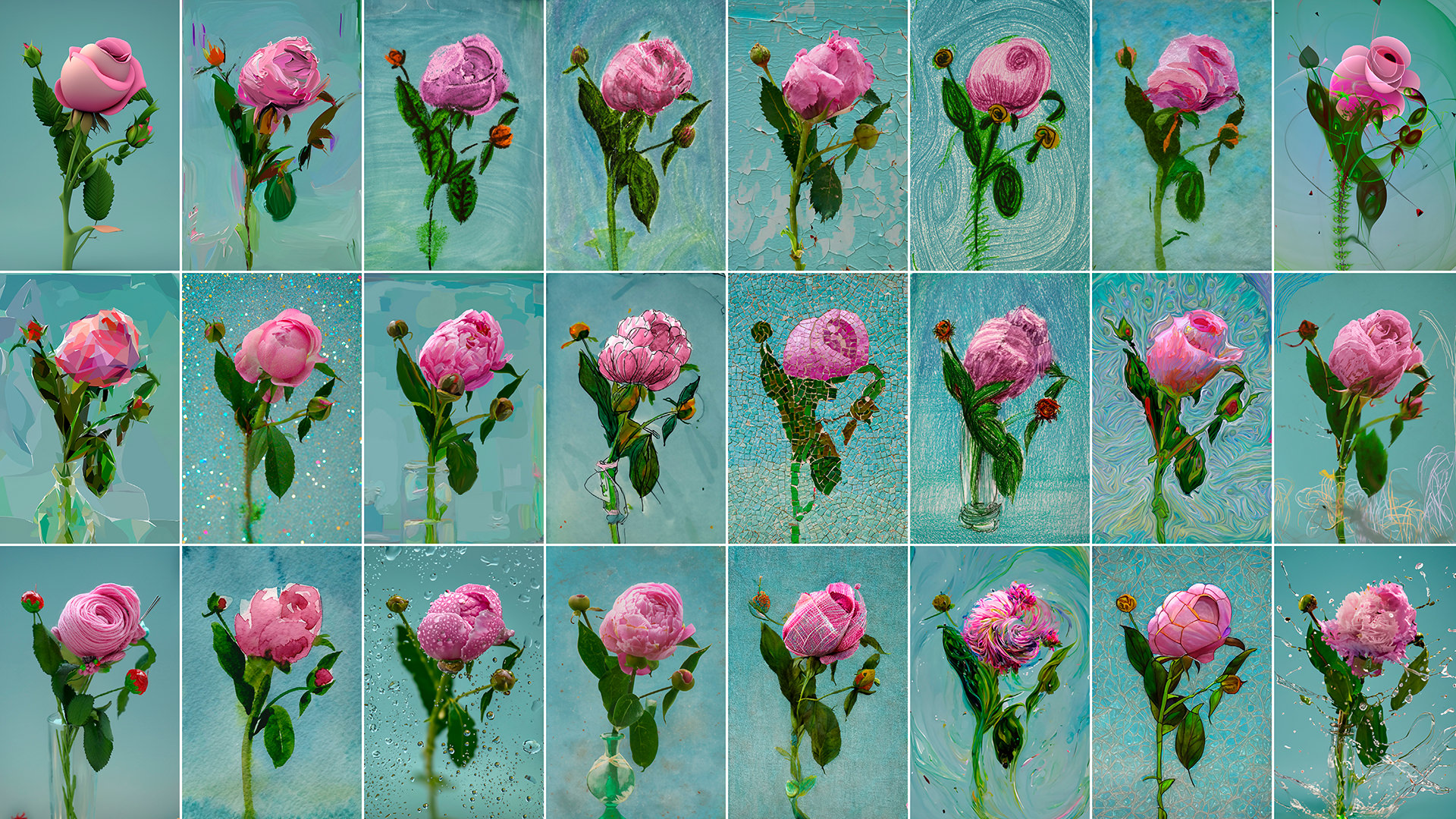
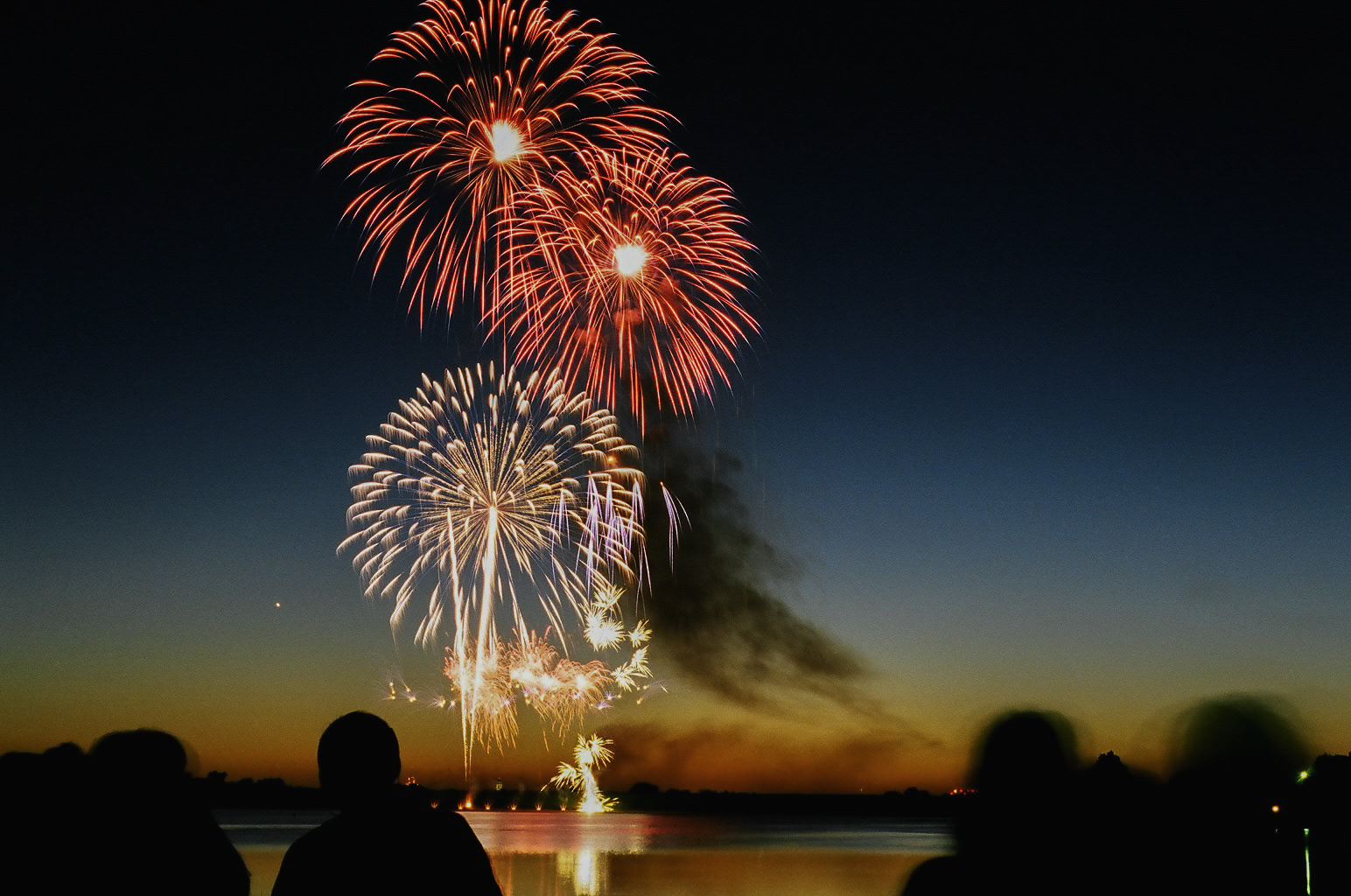
Amen! Awesome post.
Amazing light incredibly captured. Simple is perfect.
I am blind and working on it… When you say you started seeing it what changed? Was it something you learned or was it an “ah ha” moment? What do you think helped or made you see the light?
Thank you so much for sharing your adventures in photography. I enjoy your perspectives and insights on TWiP and the blog.
Kevin
I love that Light at image. Congrats :)
hi, i want to learn more about photo, so i want to take best photo i need your help about it, my mother language is Persian.if my English is broken pardon me please,
my sample photo in here http://sulaiman.persiangig.com/sulaiman-camera/Moharram90/
if you want to know more about me click here Http:\\www.sulaiman.ir
i glade to use of your help
For those still searching for “light vision” check out Light Science & Magic: An Introduction to Photographic Lighting. It really helps build the knowledge you need to understand/see how light is going to work in given situations. Its one of those books I read years ago but still go back to reference from time to time. Well worth a read.
http://www.amazon.com/Light-Science-Magic-Fourth-Introduction/dp/0240812255/
Thank you Chris!
Cool shoot
Amen, sister. Preach it. :)
Nice article Nicole,
I started seeing and thinking about light this year and now I look at everything differently. When composing a shot or just looking for a shot it is almost always dependent on light. As a Landscape Photographer, I find a scene that I want to shoot and then figure out the best time of day, the angle, the weather, the gear etc etc.
It is all based on light and the look I want.
Thanks!
Greetings Nicole,
A portion of my artist statement….
“Light has an inherent duality that reveals and masks boundaries simultaneously. Vision is just the first step in the capture of light reflecting from the space around us. Seeing is the mental mapping of that light to interpret and form the imagery. We color the space around us with the minds eye to guide ourselves through space and time.”
Cheers….Peter
Well said!
Great post! It really resonated with me. I linked it on the Beyond Megapixels FB page, thanks so much!
So very well said! It is like waking up from a dream; or maybe like waking up into a dream… either way there is a shift in consciousness that occurs, and nothing is ever the same after that.
Cheers,
Paul
c’est exactement ça que j’apprends à faire. c’est ce genre de photo que j’aime.
To make things simple in pictures and in words are for me the winners of photography. You are sure one of them.
Thank you for inspiration